
Available 24/7
Available 24/7
With summer just around the corner and us being stuck at home due to quarantine, it is going to be a drag dealing with the heat in our homes.
Add on the fact about news reports telling us that there is a heatwave on its way, turning on the Air conditioner would mean emptying our wallets and would be leaving us to deal with the low humidity which is a problem altogether.
Low humidity levels mean that we would be more vulnerable to catching a cold or cough or developing a mild fever which is a big No-No right now.
In order to make sure our Health and our wallets stay safe, we have to look for new alternatives to cool down our homes.Here are a few natural ways to cool down our homes in the natural, eco-friendly and wallet-friendly way possible.
Indoors Plants add a dash of serenity into our homes, they bring out a feeling of homely aesthetics and bring a subtle mysticism with them.
However certain plants not only do all of the above but also help keep the air cool and flush out any toxins as well.
All plants lose water through transpiration which in turn helps the air retain their humidity in terms of water vapour.
Plants absorb carbon dioxide and emit oxygen.A lot of potted plants are known to remove harmful toxins from the air and bring down ambient temperatures, which in turn helps us stay healthy and decrease the chances of bacteria and viruses brew in the closed air.
A few examples of Air cooling plants are Aloe Vera, Baby Rubber Plant, Golden Pothos, Areca Palm, Ficus Tree, Boston Fern, Snake Plant, Etc.

Indoor Summer Cool Plants | View Details
By opening windows in strategic locations to allow air to move in and out can considerably cool down your house and help keep the temperature down to ambient levels.
It is a well-known phenomenon but one thing most people do not consider is when to do it. The optimum timings for cross ventilation are early mornings between 6-10 and in the evenings between 7-11 as the air is considerably cooler during these periods.
It is not recommended to do so in the afternoon as the air tends to become dry and hot which would have an adverse effect on your room temperatures.

Did you know by hanging a wet cotton sheet over your doorway will allow a cool breeze to pass through? Dry air dehydrates your body and makes you sit more often. Sweat is basically a body process to cool down your body.
However, inside your house, the sweat tends to become warm which makes you even hotter. You can even add a wet doormat to your room to ensure the level of water vapour in your room.
As it dries up, it releases its water content into the air which will help cool down your body and make you sweat a lot less.
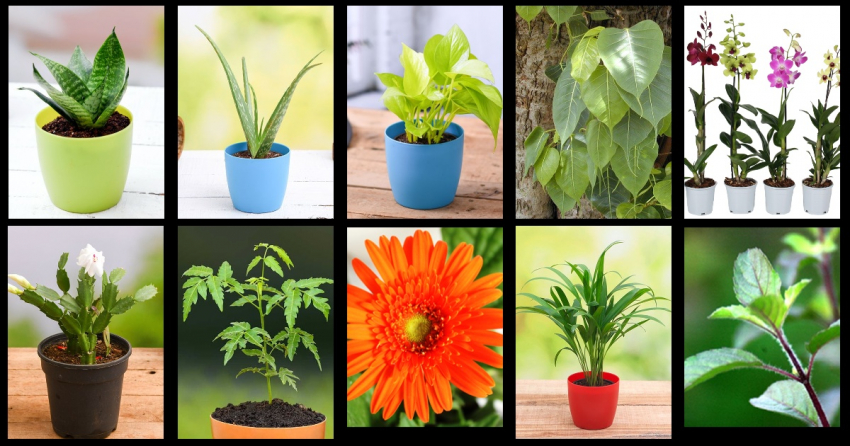
one method which most hostellers know is to use a table fan with an ice bowl in front of it. This method is also used in Indian weddings where a large standing fan is kept near the gate which lightly sprays you with cool Gulab Jal or rose water.
So when you come and get down in front of the venue, after spending considerable time travelling, this cool breeze would be blown towards you, with the aroma of rose which would have a refreshing effect on you and improve your mood before you step into the venue.
You can use the same tech at home by putting a bowl of ice in front of a table fan. The air blowing around a large metal bowl of ice helps it function as a crude health sink.
While other frozen or chilled items are also likely to work, ice is a better option because even after the cubes melt, the cool water left behind continues to cool the room though at a reduced rate.
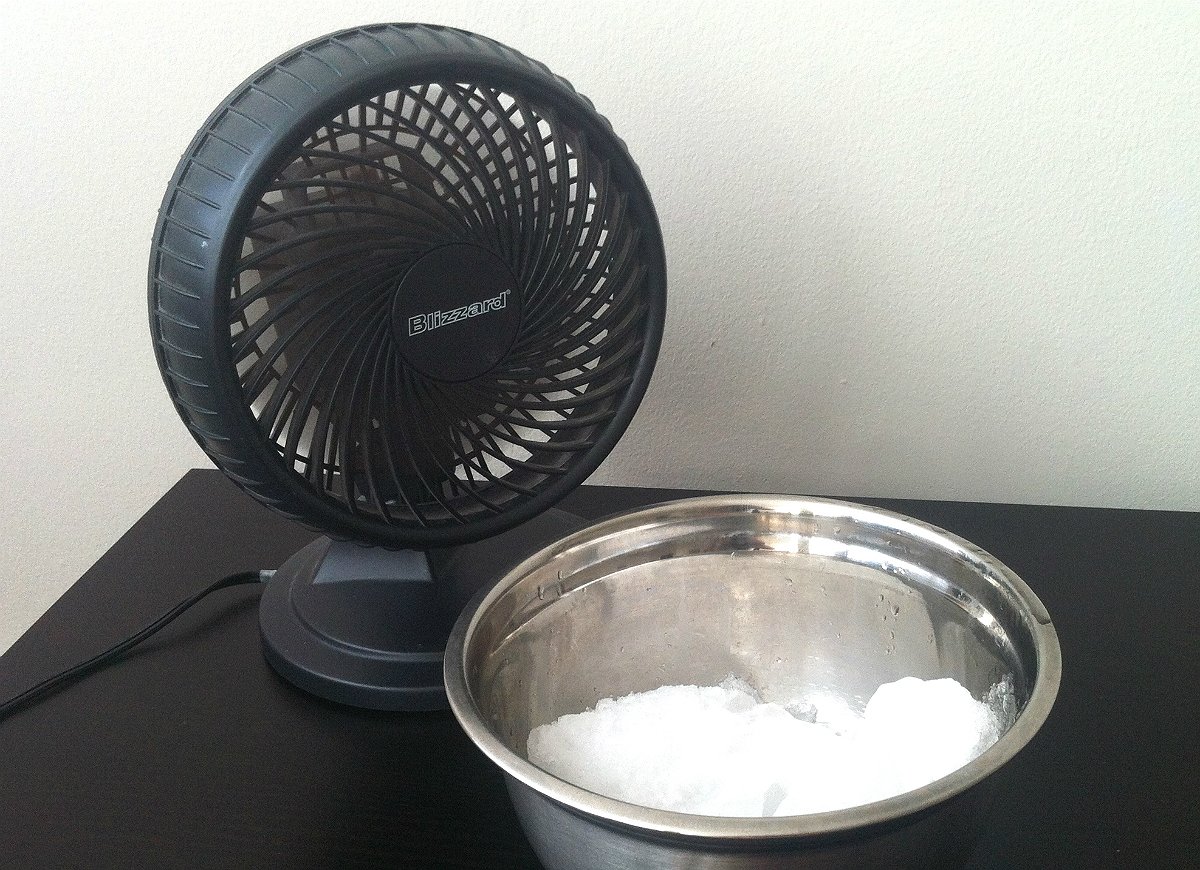
 Save 45%
Save 45%
(MRP Inclusive of all taxes) Shipping ₹79 for entire order Dispatch in 7 days Country of origin: India Today's Offer Get ₹249 Air Purifier ...
View full details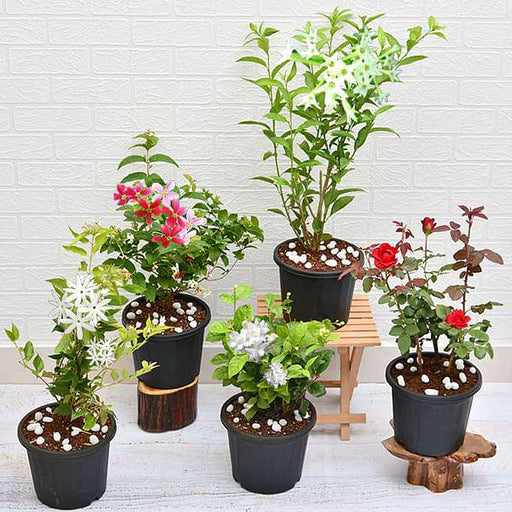 Save 12%
Save 12%
(MRP Inclusive of all taxes) Shipping ₹79 for entire order Dispatch in 7 days Country of origin: India Today's Offer Get ₹249 Air Purifier M...
View full details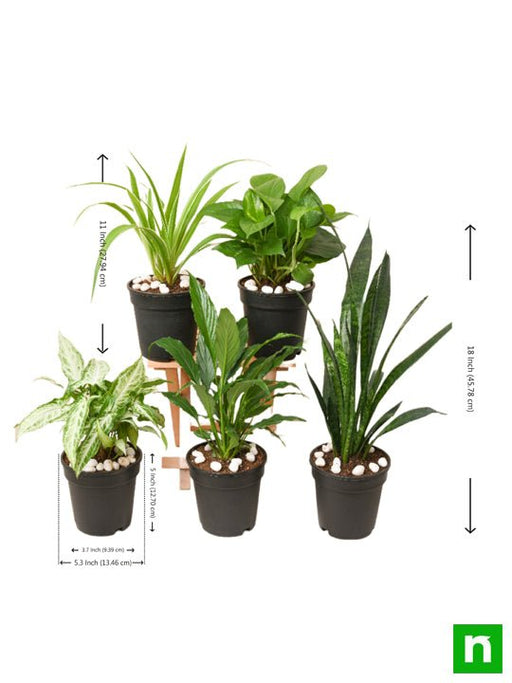
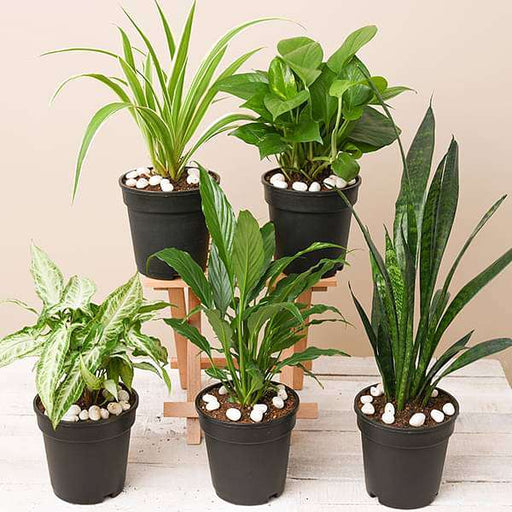 Save 21%
Save 21%
(MRP Inclusive of all taxes) Shipping ₹79 for entire order Dispatch in 7 days Country of origin: India Today's Offer Get ₹249 Air Purifier M...
View full details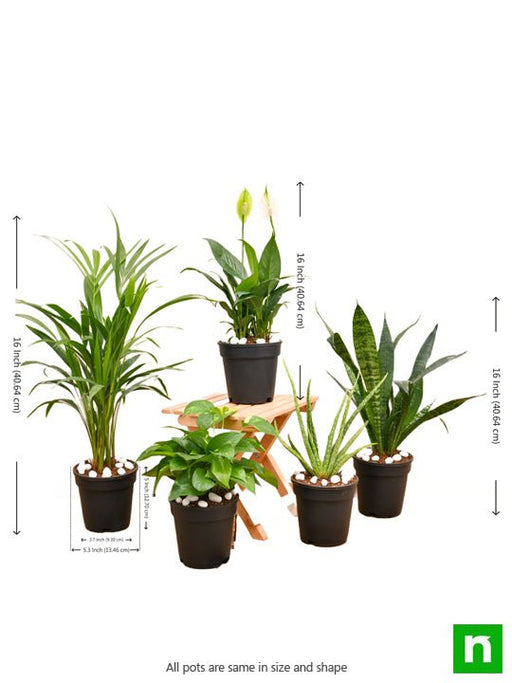
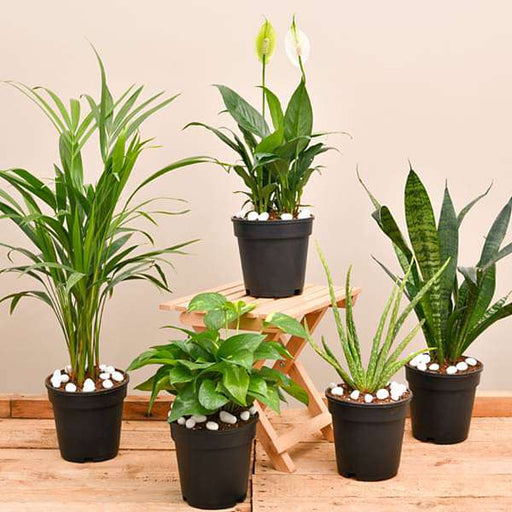 Save 20%
Save 20%
(MRP Inclusive of all taxes) Shipping ₹79 for entire order Dispatch in 7 days Country of origin: India Today's Offer Get ₹249 Air Purifier M...
View full details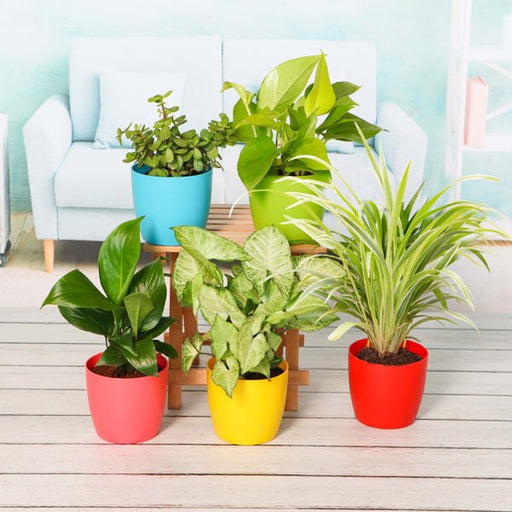 Save 16%
Save 16%
(MRP Inclusive of all taxes) Shipping ₹79 for entire order Dispatch in 7 days Country of origin: India Today's Offer Get ₹249 Air Purifier M...
View full details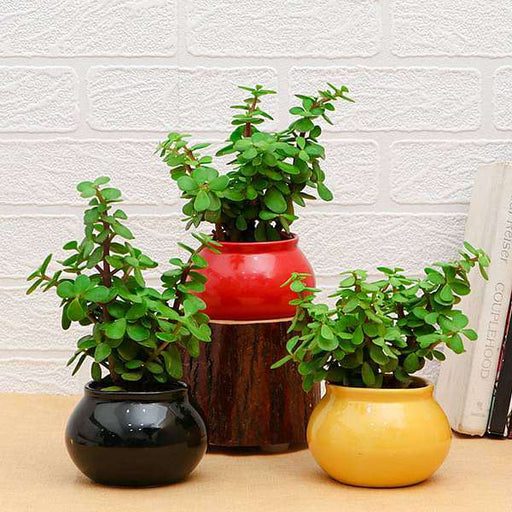 Save 22%
Save 22%
(MRP Inclusive of all taxes) Shipping ₹79 for entire order Dispatch in 7 days Country of origin: India Today's Offer Get ₹249 Air Purifier M...
View full details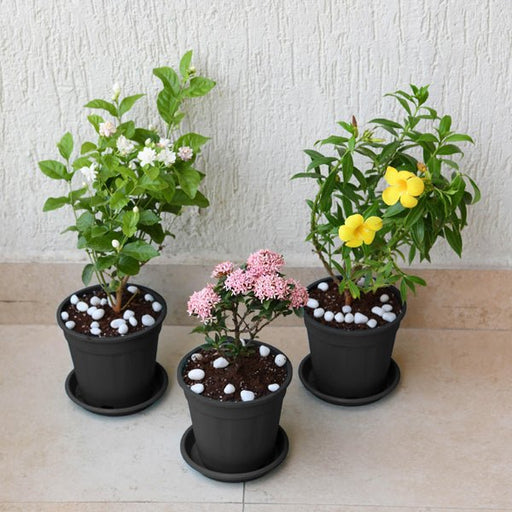 Save 17%
Save 17%
(MRP Inclusive of all taxes) Shipping ₹79 for entire order Dispatch in 7 days Country of origin: India Today's Offer Get ₹249 Air Purifier M...
View full details

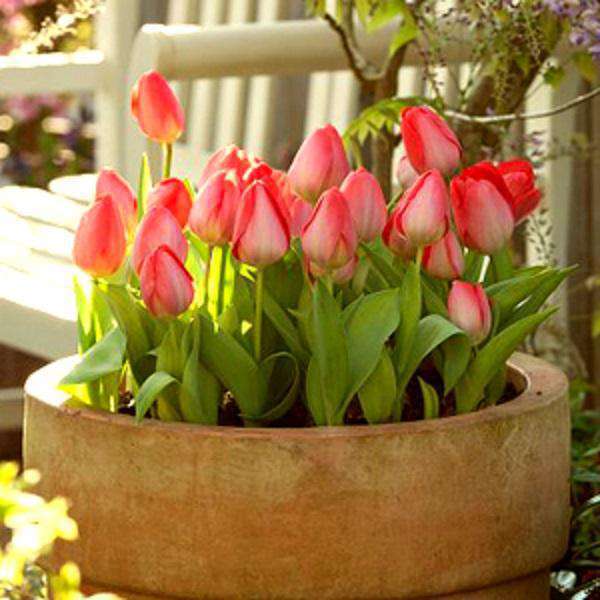



Leave a comment